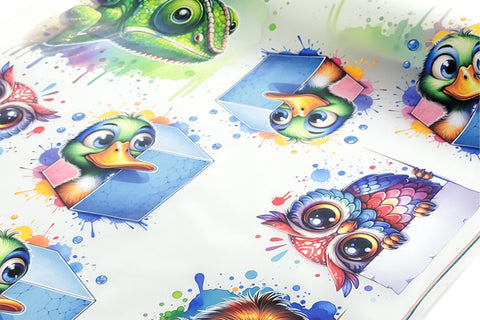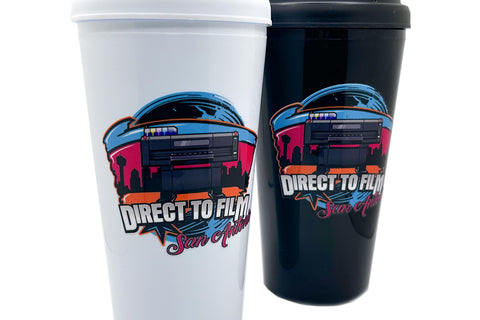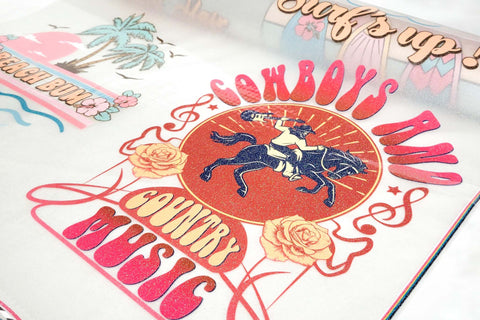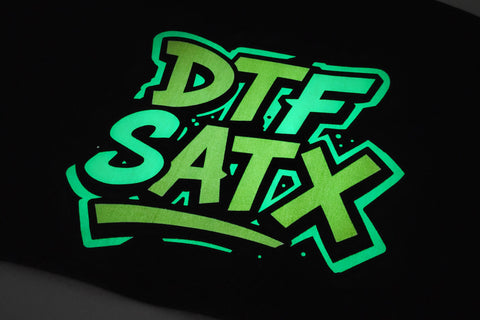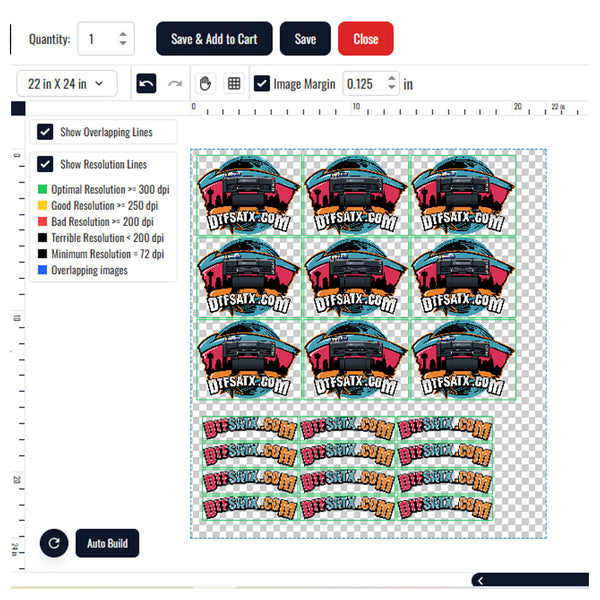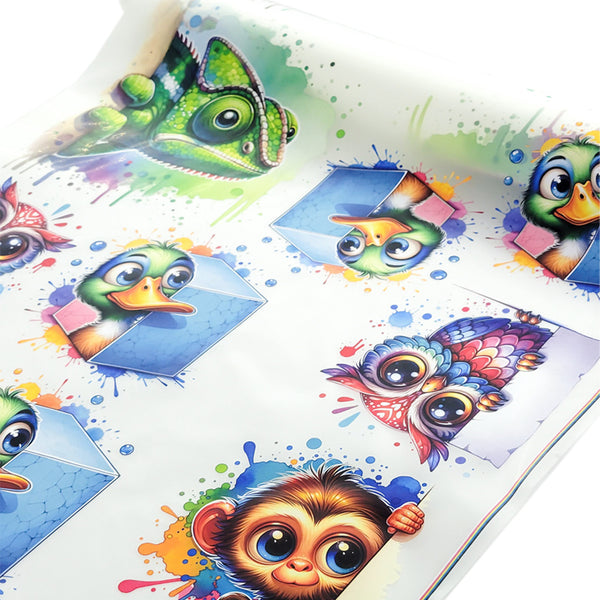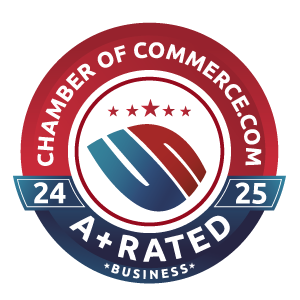Those who are ready to start their own business or beginners who want to know more about DIY DTF printing can take great help from this guide. The pros and cons of DTF printing can help you understand how those advantages and limitations align with your goals, budget, and production needs.
Plus, you can easily compare DTF printing with other printing methods. Here you go!
Direct to Film Printing
DTF Printing is a new method to transfer designs onto various fabrics such as cotton, linen, polyester, and more. You can transfer the design on the PET film and then print it on the fabric with the help of a heat press and adhesive powder.
This printing method delivers vibrant, colorful results with relatively low startup costs. With DTF printing, businesses can get high-quality prints on demand, even with detailed multi-color designs.
PROS of DTF Printing
Here are the advantages of DTF printing that help you understand its positive image:
Get Material Versatility
DTF printing works on nearly any fabric or hard surface, including cotton, polyester, silk, leather, denim, canvas, and even wood or metal with pretreatment.
This flexibility is vast, and people can expand their product lines beyond apparel, and now you can use DTF for non-textile surfaces such as shoes, tote bags, hats, or promotional items like mouse pads and coasters.
Lasting Colors
Due to the use of water-based pigment inks, it offers great vibrancy. These inks are layered over a white underbase to ensure opacity and saturation even on black fabrics. The ink is cured with heat and creates a bond that withstands 50+ industrial washes without cracking or fading.
If we compare it with other printing methods like screen printing that use plastisol inks, which can feel stiff, and DTG inks that sit on the fabric surface and degrade faster, then we clearly understand DTF provides a perfect balance between durability and softness.
DTF achieves 90% Pantone color accuracy, with gradients and photorealistic details that screen printing can’t replicate without costly halftone screens. Get vibrant DTF transfers from DTF San Antonio.
Cost-Effective for Small Batches
DTF eliminates the need for screens that are used in screen printing or pretreatment sprays required for DTG, as they cost a lot! DTF just needs transfer film, adhesive powder, and ink, which is a much more affordable option for small batch or one-off prints.
This easy process cuts down the setup cost, time, and materials, and beginners or small business owners can easily produce high-quality prints without heavy upfront investment or waste.
High-Resolution & Perfect Detailing
DTF printers support resolutions up to 1200 dpi however, they just need 300 to 600 dpi to produce crisp, vibrant, and highly detailed designs. It shows DTF provides high detail transfers and is ideal for intricate artwork like photorealistic portraits, geometric patterns, watercolor designs, fine text, and complex color gradients.
Even without the highest resolution settings, the output quality is professional-grade. It gives DIY creators the ability to deliver premium results without the complexity. If the quality of your prints is not as per your requirement then you might prefer UV DTF over DTF printing.
Minimal Pretreatment Requirements
Another great advantage of DTF transfer is that they are not like DTG printing, which needs pre-spraying fabrics with a coating to bind inks, which can add time and labor.
DTF skips this step; instead, use adhesive powder on the film that can do the job. The workflow efficiency is great: Print - Apply powder - Cure - Press. Fewer variables mean fewer errors.
CONS of DTF Printing
Here are a few challenges that often come with every advantageous printing technique:
Initial Investment
DTF startup expenses may seem high because a complete DTF setup ranges from $5,000 to $15,000+, which depends on the equipment brand and level of automation. Entry-level DTF printers start around $1,500 to $3,000, and more advanced or professional-grade printers can go up to $10,000 or more.
You'll also need a reliable heat press (costing between $1,800 to $3,000) and a curing oven for proper powder bonding. You can also add up the cost of transfer film, adhesive powder, and inks average $0.30 to $1 per transfer.
However, DTF printing is still more affordable than many traditional printing methods and is often justified by the flexibility and quality it offers.
Texture and Comfort Limitations
One downside of DTF printing is the feel of the final print. Since the design is transferred as a film layer, it can sometimes feel thicker or more plasticky compared to DTG or screen printing.
The adhesive layer creates a slightly raised, plasticky feel that’s noticeable on thin fabrics like rayon or lightweight cotton compared to DTG or screen printing.
This may affect breathability and comfort, but DTF excels in color and detail; it might not be the best choice for baby clothing or undergarments where a soft, seamless finish is a top priority.
Slower Production for Large Orders
DTF printing is excellent for small batches and custom jobs, but it can become time-consuming for large-scale production. Each transfer involves multiple steps, printing and drying the film, which takes almost 5-10 minutes, powdering, curing (2-3) minutes, and then heat pressing, which takes a few seconds per item.
It may slow down the workflow, but DTF transfer is best for small batches or hybrid workflows.
Environmental Impact
DTF printing is efficient and versatile, but its environmental footprint is worth considering, especially for eco-conscious creators. The process uses PET film, which is not biodegradable, and the inks often contain chemical solvents that may not be eco-friendly.
The adhesive powder used in transfers can contribute to waste if not handled properly. However, many manufacturers are now developing eco-solvent inks and recyclable film options that offer greener alternatives for sustainable printing practices..
Why Choose DTF Printing?
Many people are still confused and asking, 'Should I choose DTF printing over other printing methods? The answer is yes, because DTF printing offers a powerful mix of flexibility, quality, and ease of use, especially for beginners and small businesses.
Its ability to print on a wide range of fabrics without pretreatment, combined with vibrant colors, fine details, and lower setup costs, makes it a smart choice for custom apparel, DIY projects, and on-demand orders. You can easily overcome the limitations and challenges that come with it, but ignoring the benefits is not wise.
